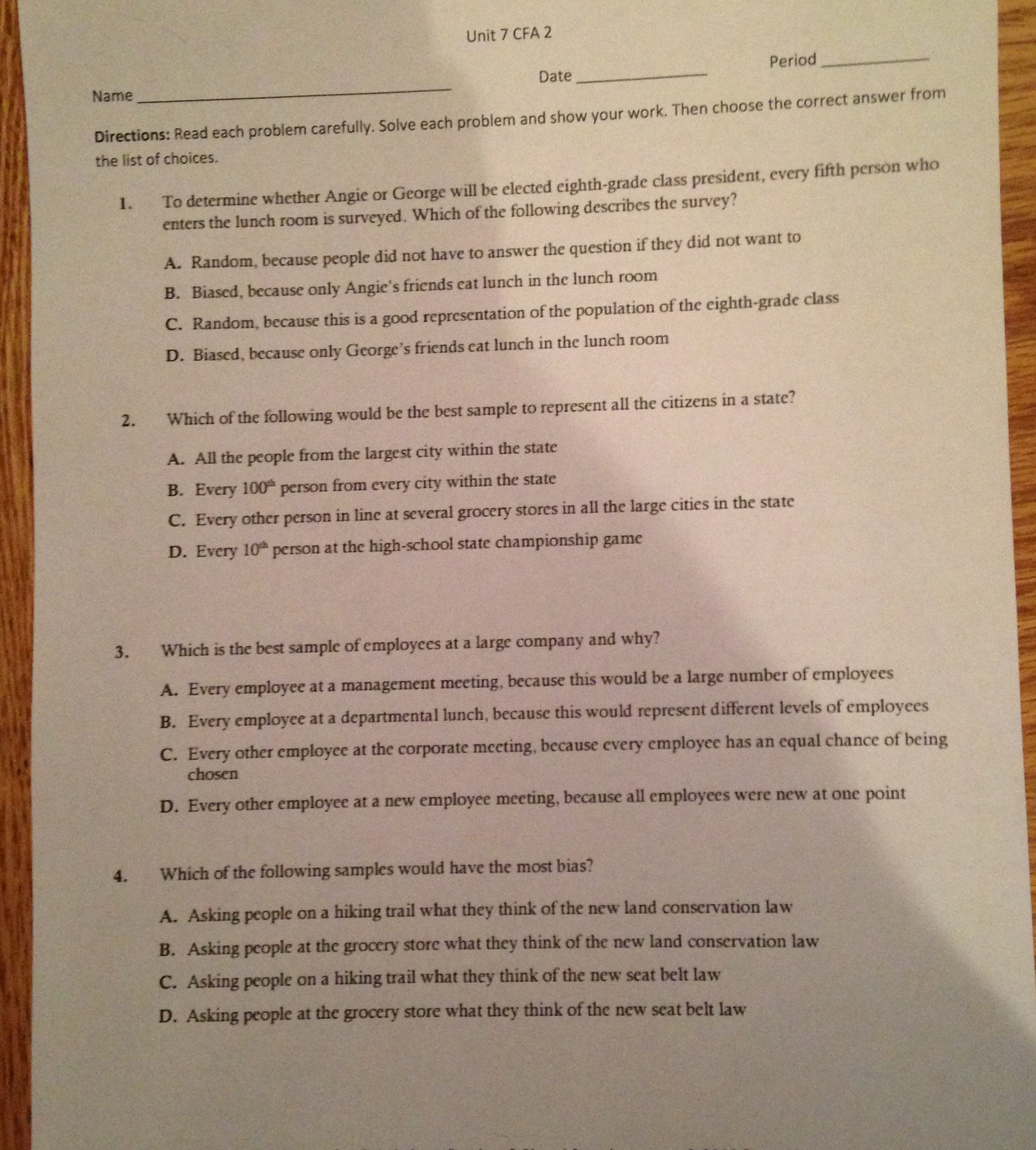I spent my Saturday morning providing free tutoring as usual. Today, I finally got “Marisombra” to join us after repeated calls to mom. That gave me two tutorees working at an early elementary school level. I kept shifting between topics such as order of operations, how that pesky exponent works, and what factors cause bias in samples. Afterwards, I went to pick up something at school and then to Walmart.
My Dean was working as usual, putting in her 60-plus-hour week to make the money to get her kids through college. The Walmart clerk was also putting in a sixty-plus-hour week to put a child through college. In her case, that week involved two jobs, one at Walmart and the other driving a school bus. We connected over college costs — my husband and I still aren’t out from under yet — and I stood at the end of the line finishing the discussion after she had moved on to her next customer. My clerk was tired. She almost never has days off at this time of year. If the busses aren’t running, Walmart has all hands on deck for the week-end buying frenzy.
Shifting from one foot to another in her blue, Walmart smock, that forty-something, wavy-haired, brunette clerk quickly told me about her family, anxious to share the details of her struggle. The tired lines and dark shadows below and around her eyes reminded me of why I keep trying, even now that my days in education are numbered. The exact number is thirty, I believe, and I am definitely counting, albeit with ambivalence. I want out of education as it is now, but I will miss the teaching of an earlier time, a time when I could create my own lesson plans based on what my students needed rather than pie-in-the-sky standards created by politicians who have never sat in an urban or economically-disadvantaged classroom.
Eduhonesty: I see my students in that woman. What happens to those kids who never manage to get ready for higher education? Who have their first baby at sixteen or even younger? Some of them will end up working two jobs like that clerk, trying to give their children the gifts they could not give themselves, like an education that will pay the bills. My Dean has an office filled with cookies, family pictures, and homey tsotchkes. She can sit when she is tired. She regularly receives appreciation from the school’s teaching staff. She works too many hours, but her overtime is her choice, not the result of a big-box store’s whim.
The difference is education, all education. If I can convince some of my girls and boys to finish high school, to go on to get a degree or learn a viable trade, I will have succeeded. If I can convince these students to postpone parenting until they graduate from high school, I will have succeeded. In the culture where I teach, these are not slam-dunk aspirations on my part. I taught a middle-school class a few years ago where more of the girls had babies by the end of high school than not. My goal has been straightforward: Try to sell hope for a brighter future. Hope does not walk the halls of my middle school on a regular basis, but sometimes teachers can invite hope in for a short stay. Enough short stays and we may get a high school graduation with a commitment to further learning at the end. I want my students to have offices with tsotchkes and snack food, not long days counting minutes on the clock while they shift from foot to foot.


![IMG_0981[1]](https://www.eduhonesty.com/wp-content/uploads/2014/10/IMG_09811-e1413031466265.jpg)
